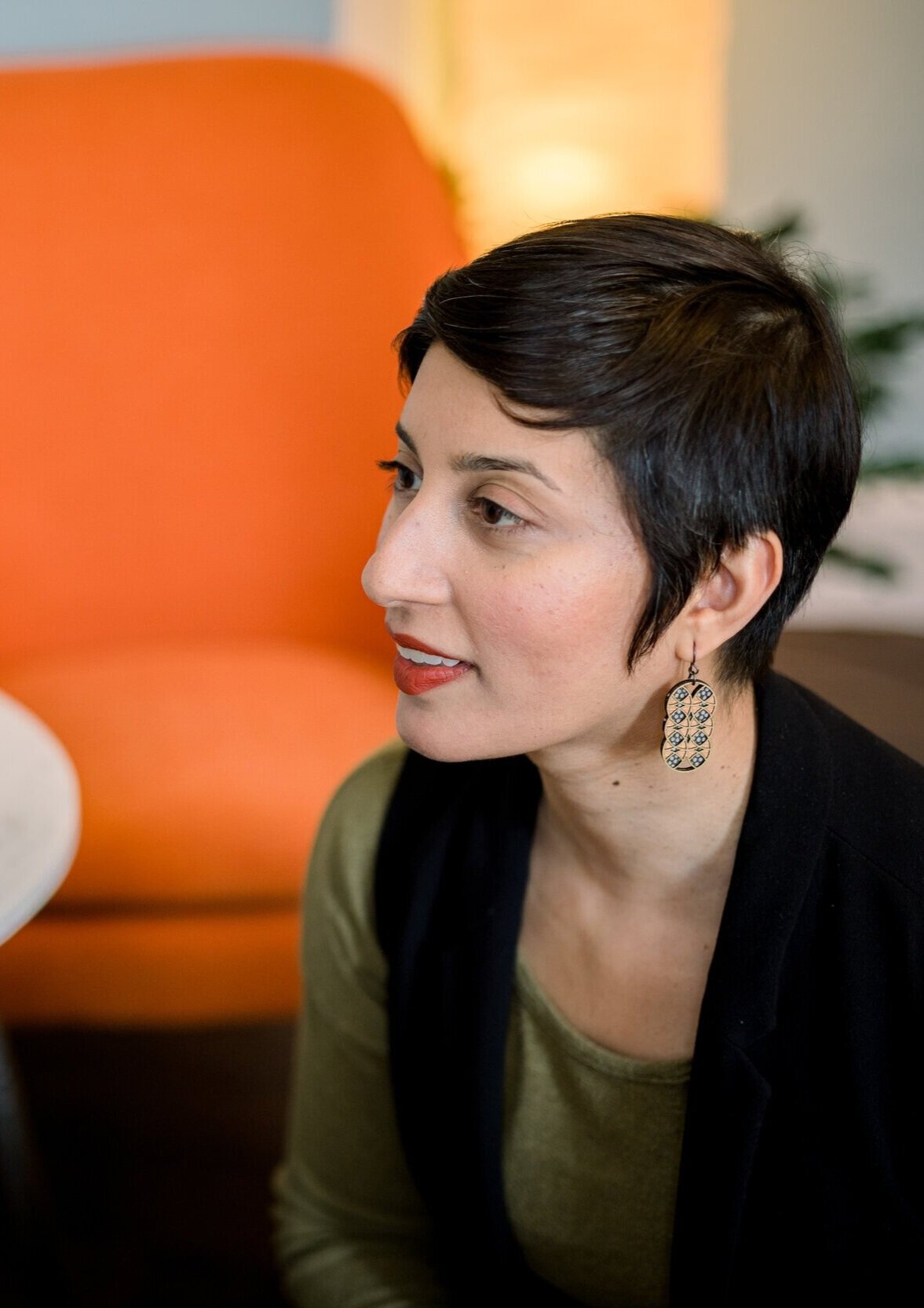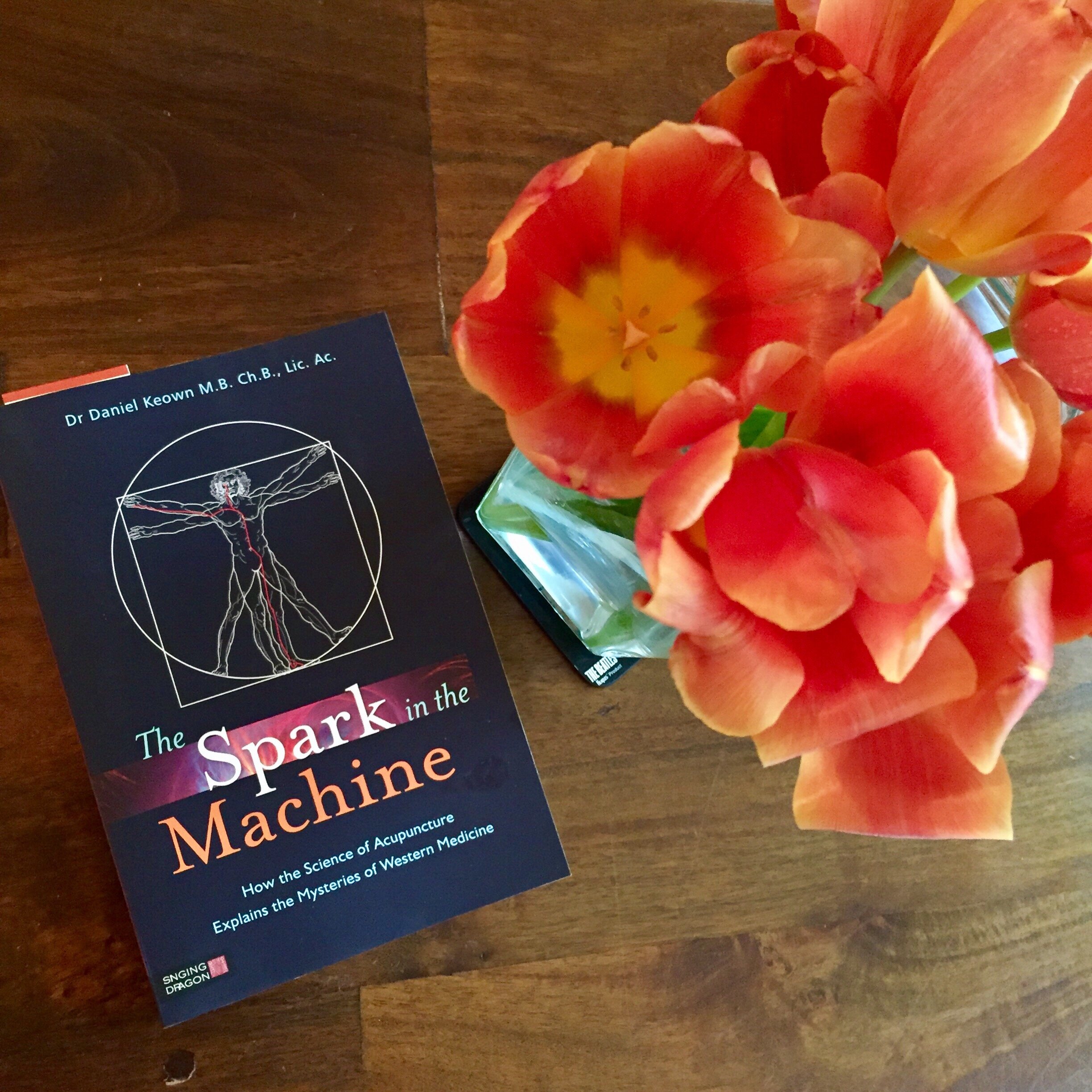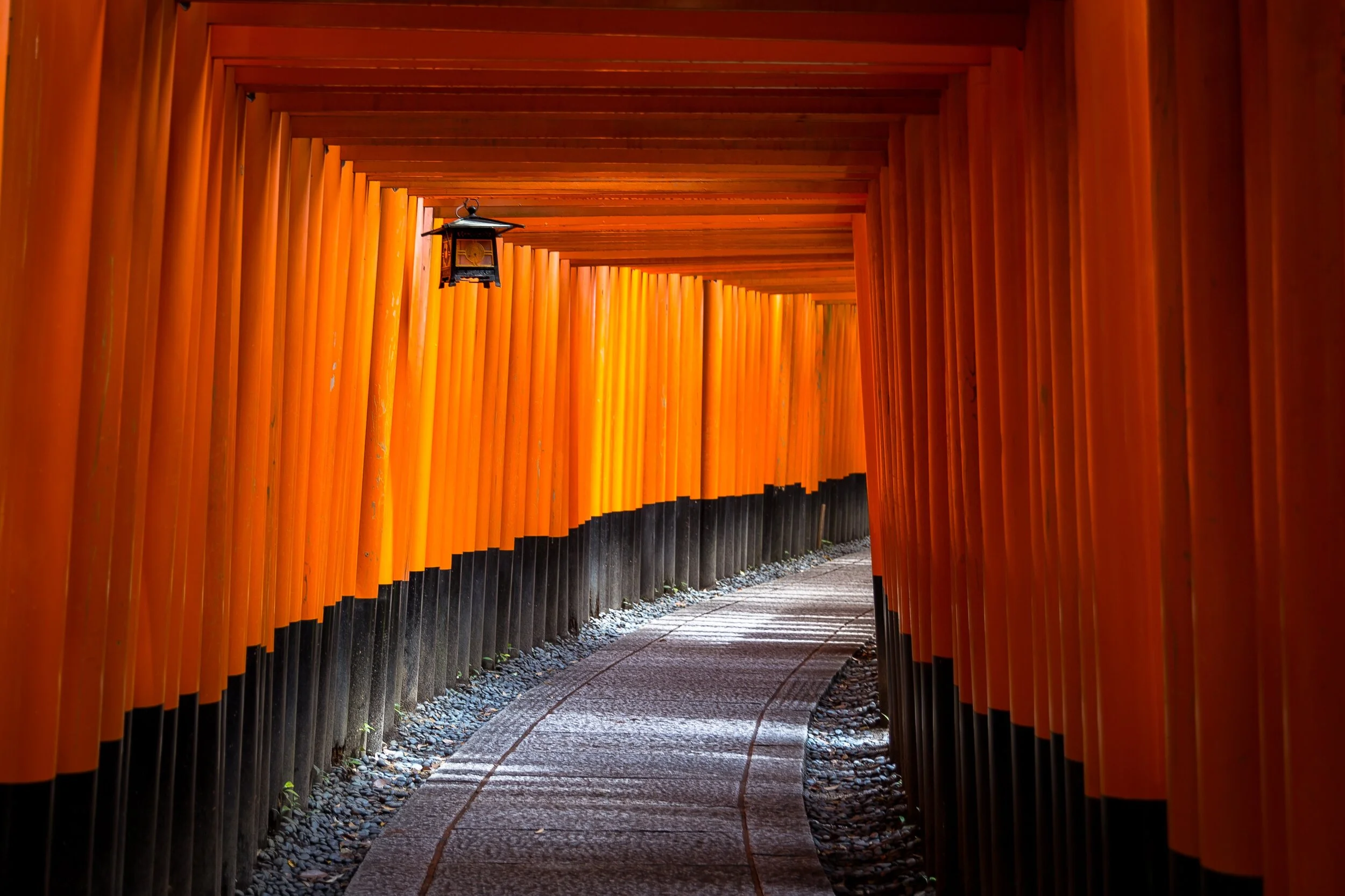
I’m Shawna Seth.
Acupuncturist currently pursuing physician associate (PA) training.
Formerly ran a private acupuncture practice in San Francisco focused on my patients’ menstrual health, fertility, and overall emotional and physical health beyond their diagnoses.
My mission: to improve my patients’ health, one cycle at a time.
Living at the intersection of Western and Eastern medicine. Finding points of similarity and where each serves patients best.
Contact me for conversation or with questions.
Musings on medicine and wellness
My last major update was during the early months of the pandemic in 2020. Much has changed since then. When I closed my practice in February 2020, I thought I was going to continue as an acupuncture practitioner. The pandemic forced a change in those plans, as it made so many of us confront new realities and reassess our priorities.
Here I explain a bit about how I got to where I am now, studying to become a Physician Assistant (or PA, also known as a Physician Associate), and where I hope to be headed next.
Whether you’re a patient or another medical provider, you’ve heard the benefits of acupuncture, maybe even experienced them yourself, and want to learn more. You don’t have to spend four years in a masters program the way an acupuncturist does and you don’t have to dig deep into the theory, though that may interest you as well. This collection is in response to one of the most common questions I’m asked: “What can I read to better understand acupuncture and Chinese medicine?”
Here are four very different book options (with a few bonus suggestions) that I recommend to anyone who wants to explore this beautiful and effective medical system as it works in and beyond the treatment room.
I’m an acupuncturist who has been supporting fertility patients for the last several years and I recently finished my own first round of IVF. Having gone through the onslaught of multiple daily injections, I realized I may have an approach to injections that the average fertility patient may not know could help them. So here’s how I avoided bruising during my treatment and you can too.
The basics? Palpate, ice, alcohol swab, let the alcohol dry, distract, inject, sustained pressure, ice again.
Let’s go over this in more detail including why these steps are helpful:
It is with mixed emotions that I am announcing the closure of my acupuncture practice, Shawna Seth, L.Ac. After Friday February 21, 2020 I will no longer be seeing patients at my current office. It has been an honor and great pleasure providing for your health and wellness needs. My wish is that my departure be as easy on you as possible.
Why? I am so proud of what we've built together. I set out to create a space and experience that anticipated your needs and gave you a place to feel heard, relaxed, empowered, and restored so you could heal and understand why so you were more in charge of your own health. I believe we achieved that. And I have genuinely loved being your acupuncturist. The truth is that running a business is challenging and for that reason I have decided to take my career in a different direction.
Now that you’ve made your own food-grade herbs in the form of dried orange peel (see previous post with directions), here’s an idea of how to make something tasty with them! These black sesame, cardamom, and dried orange peel cookies are a wonderful treat to support digestion, nourish us in this yin time of winter, and open the new year.
Bonus: the ingredients help move and counteract some of the stagnation from heavy holiday meals (so these would also make a great dessert for Thanksgiving or December cookie swaps). Enjoy in moderation, of course.
Plenty of herbs in the Eastern traditional medicine pharmacopeia (collection) are very familiar to us: what we call food-grade herbs. These are items most of us have in our spice cabinets, vegetable drawers, and fruit bowls. Using some or only these ingredients in a formula can make for some seriously tasty medicine!
Herbal combinations don’t have to be administered only in tailored treatment for a condition. Cinnamon, fennel, ginger, and black pepper are only a few of our food-grade herbs, which means we are supporting our digestion almost every time we eat. Just as we reach for mint for cool refreshment in the summer, turning to some wintery staples is a great way to nourish your system even while enjoying a sweet treat or hearty meal. Understanding the functions of our food-grade herbs helps us understand why some of our food traditions exist and why choosing one taste over another makes us feel better at a particular time.
Despite the wide variety of ingredients and tastes, the stereotype of Chinese herbal formulas unfairly persists as bitter and unfamiliar concoctions. The best way to counter this is to make and use your own herbs and familiarize yourself with them. Since food-grade herbs are incredibly safe (we eat them all the time), there’s a lot of room for experimentation and finding your own experience.
One of my favorite ways to use food as medicine is with homemade chen pi or dried tangerine peel. Satsuma or mikan (aka California Cuties or those little peelable oranges) are a big New Year’s food in my Japanese-tradition household. It’s easy to make use of the peels so this is a true no-waste food!












































